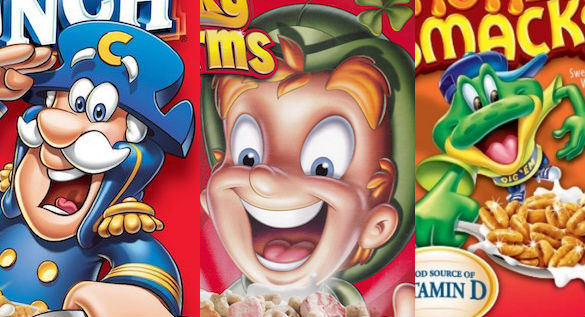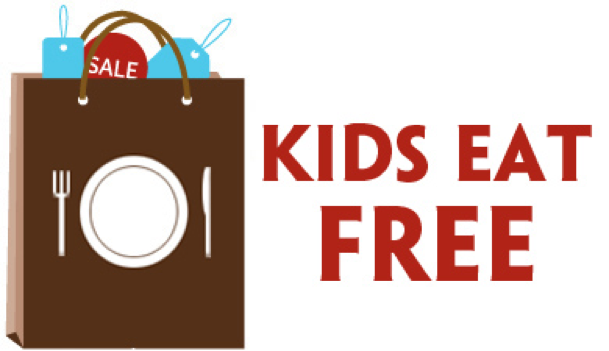In a recent study by a team of researchers at Cornell University in the US, some analysis was undertaken on the shelf placement and eye positioning of 86 cereal mascots/characters in 10 grocery stores.
The study concluded that cereal brands aimed at children have their brand mascots exhibiting a downward eye inflection compared with cereals targeted at adults. It was concluded that the positioning of the boxes on a vertical axis on the supermarket shelves and the drawn out eye contact to match that of children, were both evident in the cereal brands included in the study.
The study continued to experiment with various versions of the cereal boxes having the mascot’s gaze digitally altered and found eye contact from the cartoon characters increased feelings of trust and connection to the brand, which consequently influenced choice over competitors.
Concerns arose from the study as the authors noted that “making eye contact with the spokes-character on the cereal box fosters positive interpersonal feelings, which may transfer to the cereal itself.” The crux of the problem lies in what the authors say is “children’s vulnerability to such an influence and the concern that such marketing techniques aimed at children could be exploitative.”
So the ultimate question; is it?






